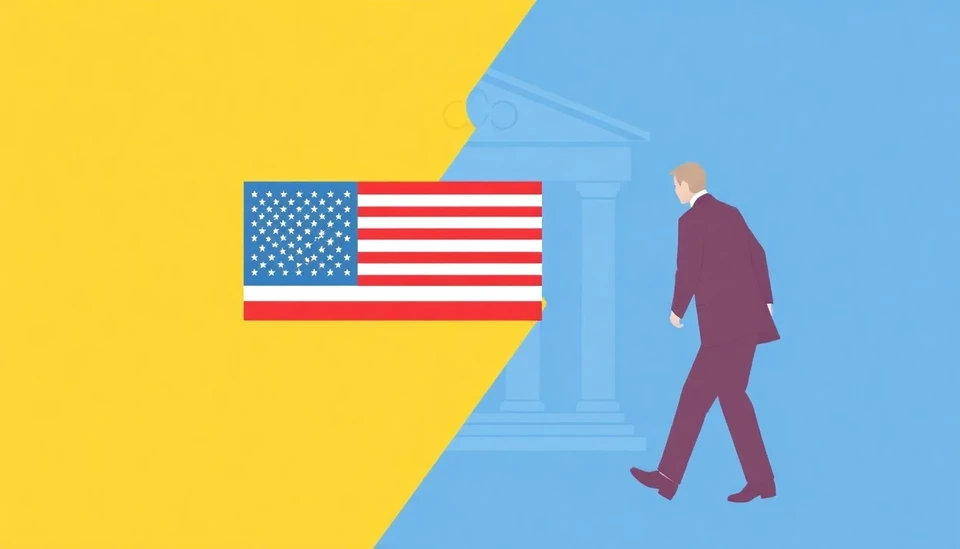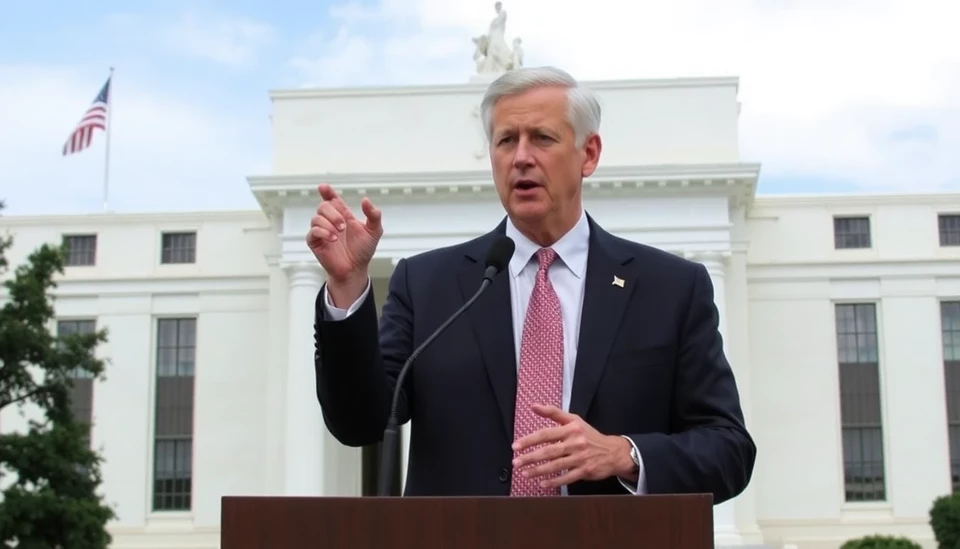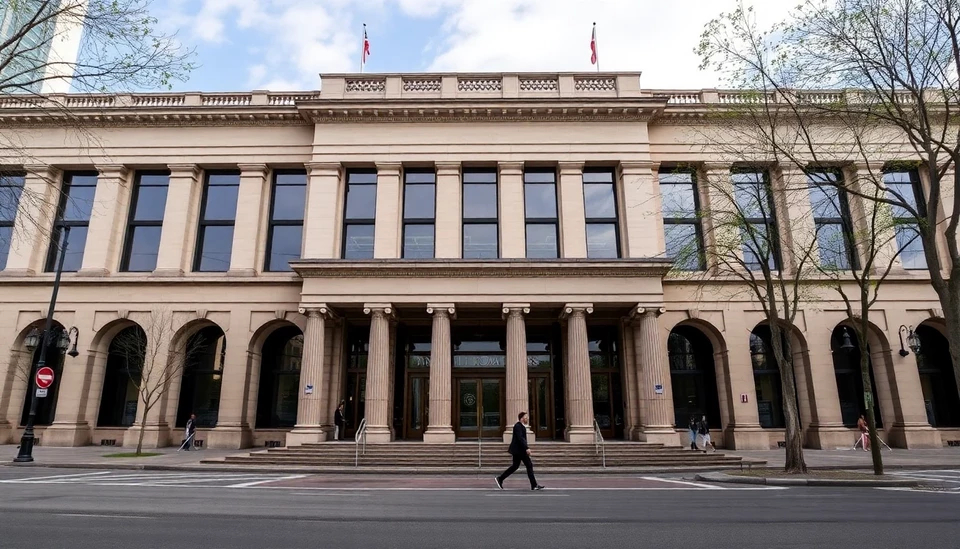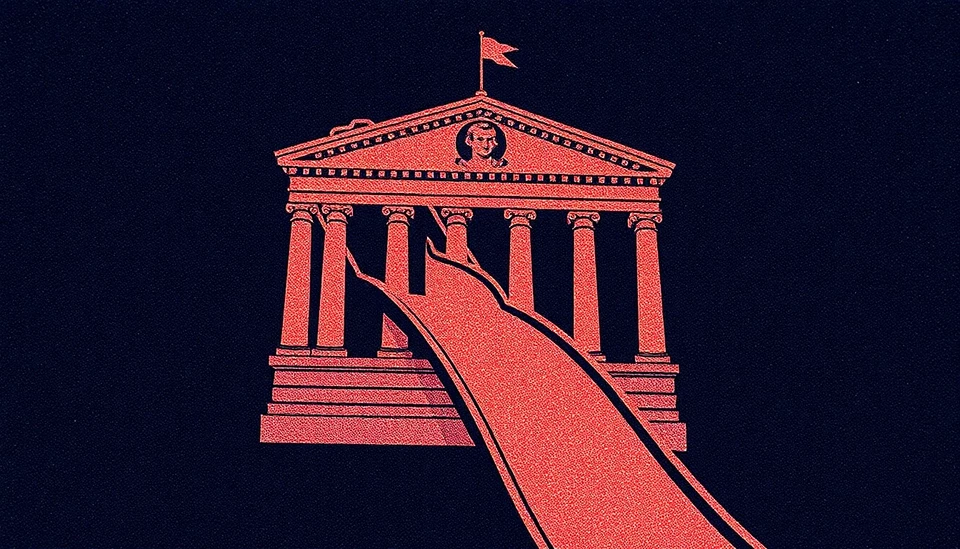
A recent survey conducted by the New York Federal Reserve has unveiled alarming perspectives among American consumers regarding inflation. The findings indicate that consumers are expecting inflation to remain higher for longer than previously anticipated. This shift in sentiment raises concerns about the potential trajectory of the U.S. economy as inflationary pressures continue to linger.
According to the survey, the short-term outlook for inflation has worsened in the eyes of consumers. Expectations for inflation over the next year soared to 5.4%, a significant increase compared to earlier assessments. Furthermore, the long-term outlook remains concerning, with consumers now forecasting an average inflation rate of 3% over the next three years. This marks a notable shift from earlier projections, suggesting a growing sentiment among consumers that price increases may be more entrenched than initially thought.
This change in consumer expectations could have substantial implications for policymakers as they navigate the complexities of the current economic landscape. The Federal Reserve, tasked with controlling inflation and maintaining economic stability, may be forced to reconsider its monetary policies in light of these new insights. The survey indicates that consumers are increasingly wary of rising costs, prompting questions about household financial stability and spending habits as the economy continues to recover from the effects of the pandemic.
In addition to inflation expectations, the survey delved deeper into consumer attitudes regarding financial situations. Many respondents expressed concerns over potential job losses and the overall state of the job market. As inflation persists, there is an increasing awareness among consumers that sustained price increases may challenge their financial resilience, particularly among middle and lower-income households.
The survey also highlighted regional disparities in inflation expectations, indicating that certain areas of the United States may experience more severe inflationary pressures than others. This divergence exists despite national averages, hinting at a complex landscape that varies significantly depending on local economic conditions. Such nuances underscore the need for targeted economic policies that address the specific challenges faced by various regions.
Economic analysts are closely monitoring these developments as the threat of persistent inflation looms larger. With consumers feeling increasingly pessimistic about the trajectory of prices, the question remains: how will this shape consumer behavior, and what implications will it have for the economy at large? As sentiment shifts, the potential for reduced consumer spending could exacerbate challenges for economic growth, compelling policymakers to take decisive action.
Overall, the latest findings from the New York Fed survey reflect a pivotal moment in the ongoing discourse surrounding inflation. As Americans grapple with the realities of delayed recovery and rising costs, the urgency for sustainable economic solutions continues to intensify.
As we move forward, the importance of communication between consumers, businesses, and policymakers cannot be overstated. Understanding the underlying causes of inflation and addressing consumer concerns will be vital in navigating this precarious economic environment.
In conclusion, the implications of this survey extend far beyond individual households. The perception of stickier inflation may significantly influence economic strategies and policies, informing how the nation will tackle the persistent challenges ahead.
#Inflation #EconomicOutlook #ConsumerExpectations #NYFed #MonetaryPolicy #USeconomy #FinancialStability
Author: Laura Mitchell




